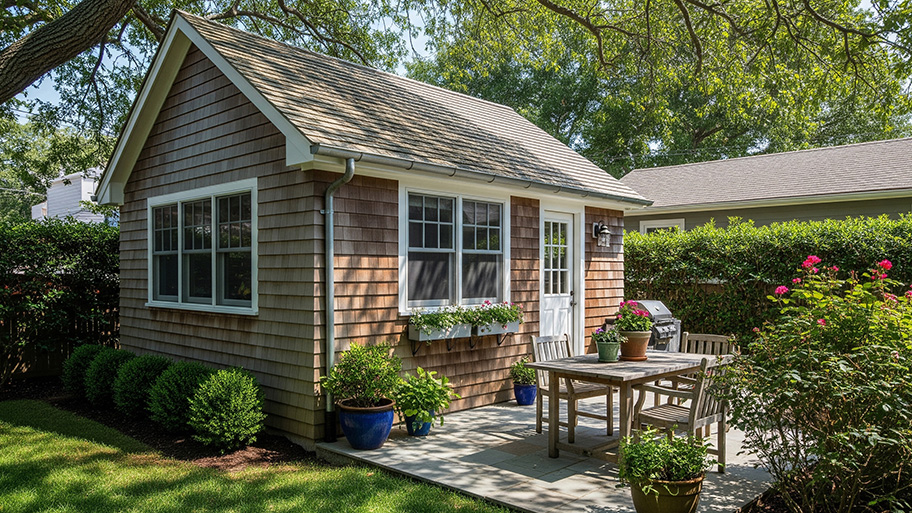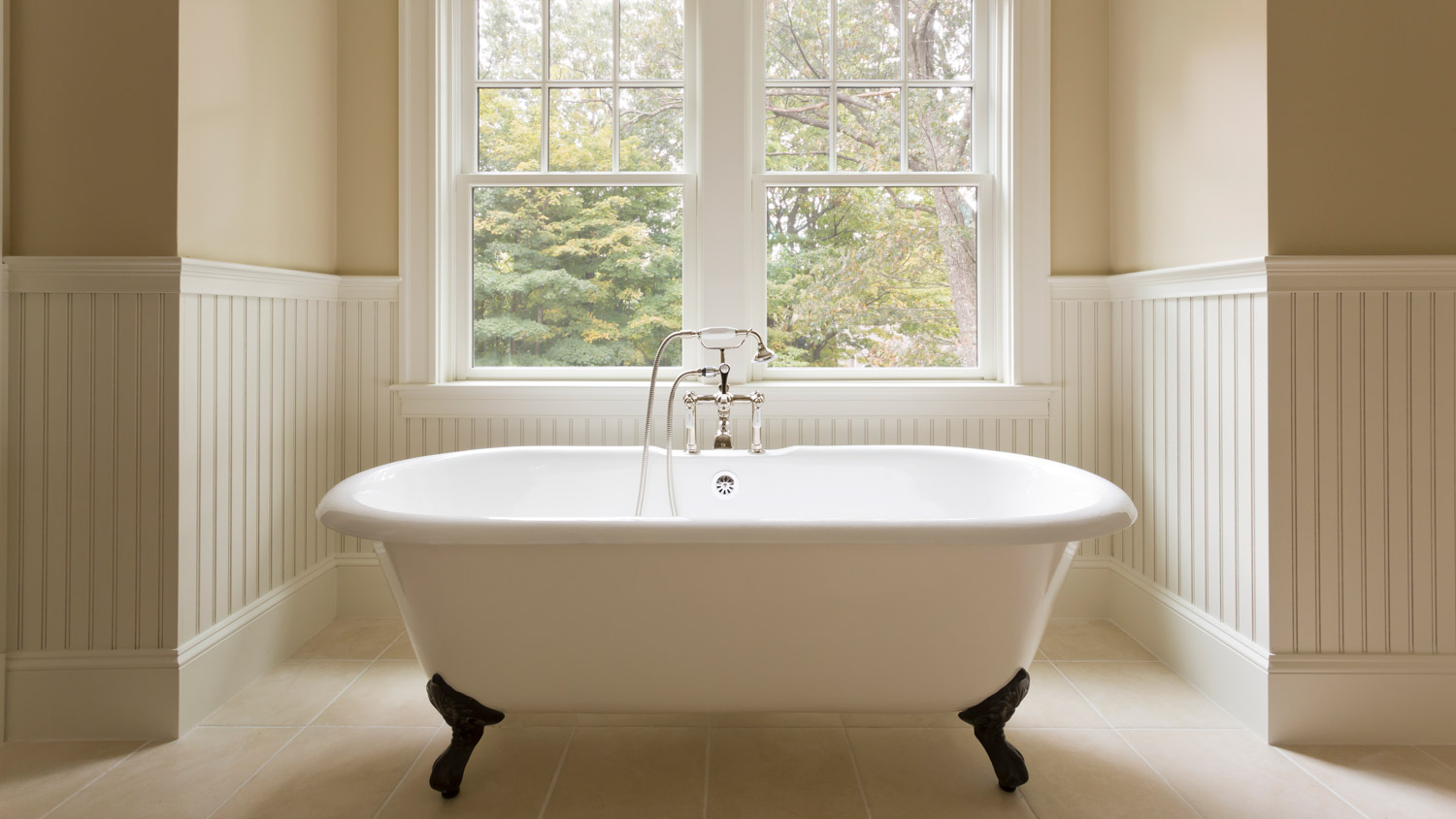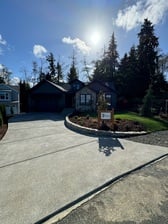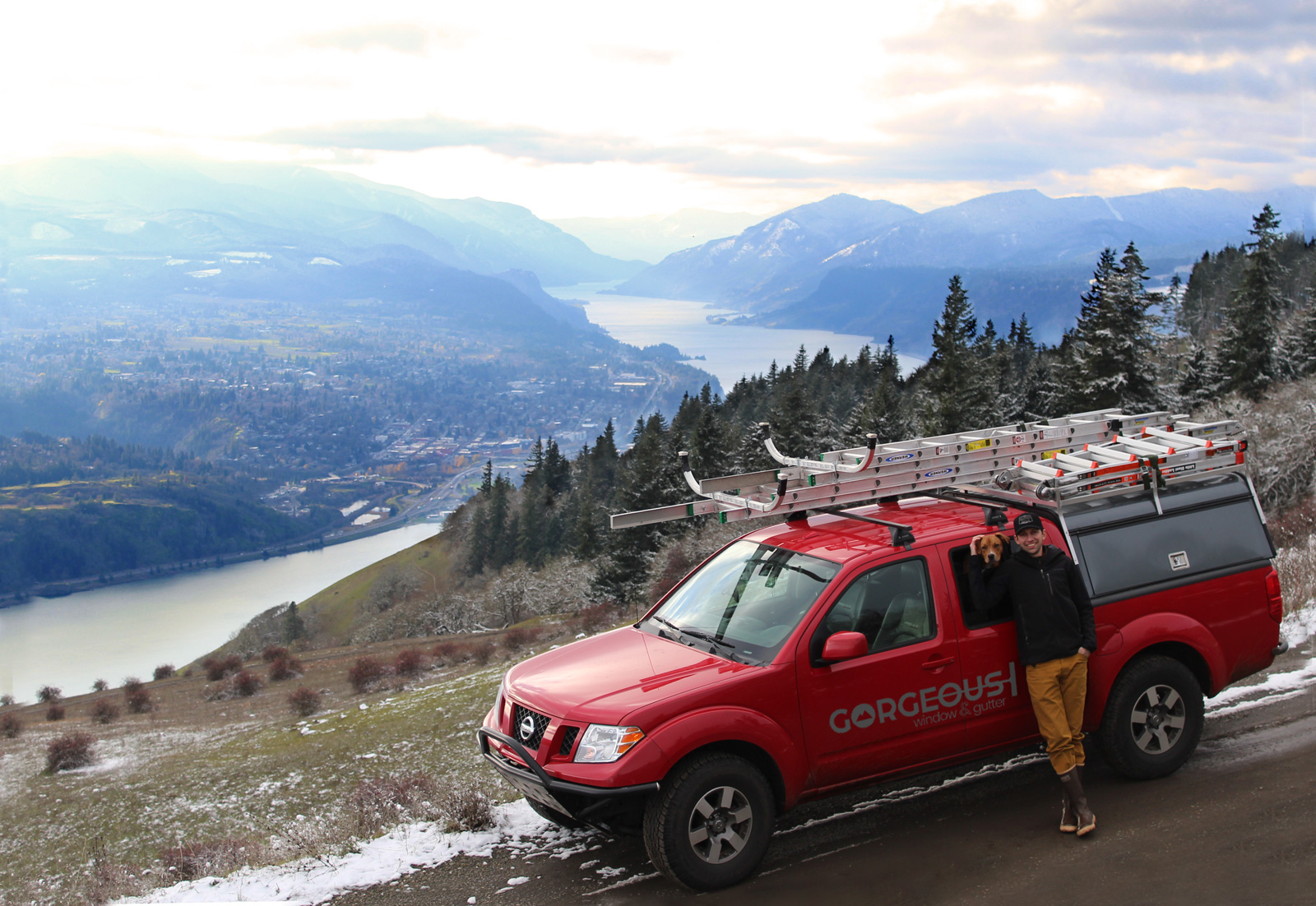
Get matched with top rototilling pros in Glide, OR
Enter your zip and get matched with up to 5 pros
Need a pro for your rototilling project in Glide, OR?
Verified Reviews for Rototilling pros in Glide, OR
*The Angi rating for Rototilling companies in Glide, OR is a rating based on verified reviews from our community of homeowners who have used these pros to meet their Rototilling needs.
*The HomeAdvisor rating for Rototilling companies in Glide, OR is a rating based on verified reviews from our community of homeowners who have used these pros to meet their Rototilling needs.
Last update on December 13, 2025
Find Rototilling pros in Glide
Rogue Concrete & Excavation LLC
Rogue Concrete & Excavation LLC
In need of a home foundation and excavation services? Look no further! Rogue Concrete & Excavation LLC provides a full line of residential and small commercial solutions.. We strive to provide you with prompt, quality assistance.
"It was awesome. They were professional."
Warner C on April 2020
In need of a home foundation and excavation services? Look no further! Rogue Concrete & Excavation LLC provides a full line of residential and small commercial solutions.. We strive to provide you with prompt, quality assistance.
"It was awesome. They were professional."
Warner C on April 2020
Mister Fix It Company llc
Mister Fix It Company llc
This business provides quality services to its customers. Licensed and Bonded General Contractor Company
This business provides quality services to its customers. Licensed and Bonded General Contractor Company
R & M Lawn Maintenance
R & M Lawn Maintenance
Jobs based on bids, cash or check only for the time being.
Jobs based on bids, cash or check only for the time being.
The homeowners guide to home care is here
From average costs to expert advice, get all the answers you need to get your job done.

Bathroom cabinet costs can easily skyrocket. Take a look at these important cost factors and considerations to help you stay within your budget.

An updated bathtub can give a bathroom a whole new look. Find out how much it costs to replace a bathtub, including prices by type and labor costs.

Accessory dwelling units can be a smart investment, but your ADU cost will depend on the size, type, and materials you choose. Here’s how it breaks down.

An updated bathtub can give a bathroom a whole new look. Find out how much it costs to replace a bathtub in San Francisco, CA, including prices by type and labor costs.

An updated bathtub can give a bathroom a whole new look. Find out how much it costs to replace a bathtub in Minneapolis, MN, including prices by type and labor costs.

An updated bathtub can give a bathroom a whole new look. Find out how much it costs to replace a bathtub in Denver, CO, including prices by type and labor costs.
- Roseburg, OR Rototilling pros
- Myrtle Creek, OR Rototilling pros
- Winston, OR Rototilling pros
- Camas Valley, OR Rototilling pros
- Cottage Grove, OR Rototilling pros
- Creswell, OR Rototilling pros
- Trail, OR Rototilling pros
- Dexter, OR Rototilling pros
- Lowell, OR Rototilling pros
- Shady Cove, OR Rototilling pros
- Pleasant Hill, OR Rototilling pros
- Jasper, OR Rototilling pros
- Fall Creek, OR Rototilling pros
- Rogue River, OR Rototilling pros
- Coburg, OR Rototilling pros
- Winchester Bay, OR Rototilling pros
- Roofing in Glide
- Tree Service in Glide
- Basement Waterproofing in Glide
- Stone And Gravel in Glide
- Plumbing in Glide
- Electrical in Glide
- Siding in Glide
- Sewer Cleaning in Glide
- Mailbox Repair in Glide
- Flooring in Glide
- Carpet Cleaning in Glide
- Cleaning in Glide
- Land Surveying in Glide
- Septic Tank in Glide
- Locksmiths in Glide
- Welding in Glide
- Chimney Sweep in Glide
- Kitchen And Bath Remodeling in Glide
- Computer Repair in Glide
- Epoxy Flooring in Glide
- Excavating in Glide
- Small Appliance Repair in Glide
- Upholstering in Glide
- Skylights in Glide
- Plumbing in Glide
- Roofing in Glide
- Kitchen And Bath Remodeling in Glide
- Tree Service in Glide
- Electrical in Glide
- Fencing in Glide
- 🌱 "Mow a small front yard"
- 🛠 "Fix a leaking pipe under the sink"
- 🏠 "Repair shingles on an asphalt roof"





